- بيت
- الصناعات
- الصناعات
- تقدم غلايات Fang Kuai عند الطلب, حلول بخارية معيارية للتطبيقات الصناعية والتجارية التي تتطلب عملية بخار للتدفئة, تعقيم, الترطيب, و اكثر.
- منتجات
- حالة عالمية
- معلومات عنا
- أخبار
- اتصال
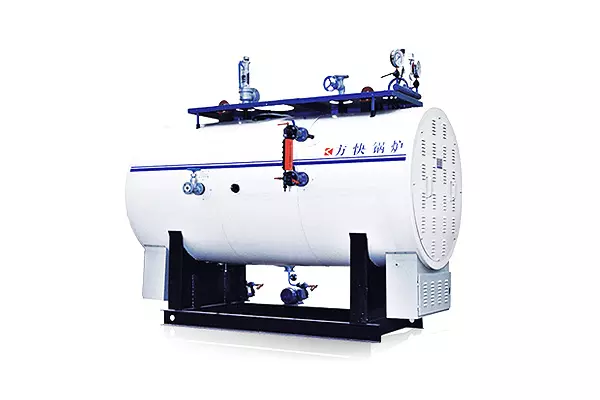
غلايات بخار كهربائية فعالة وموثوقة
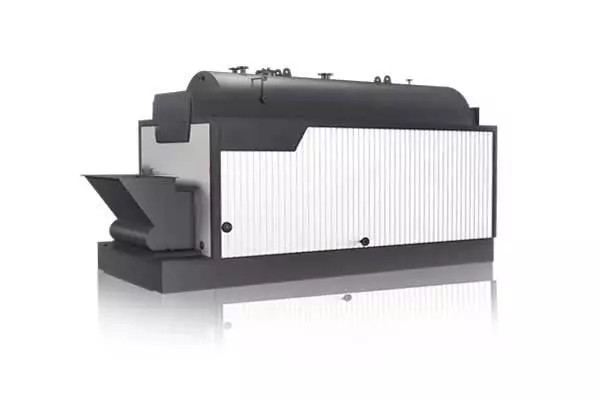
غلايات بخارية عالية الكفاءة تعمل بالكتلة الحيوية
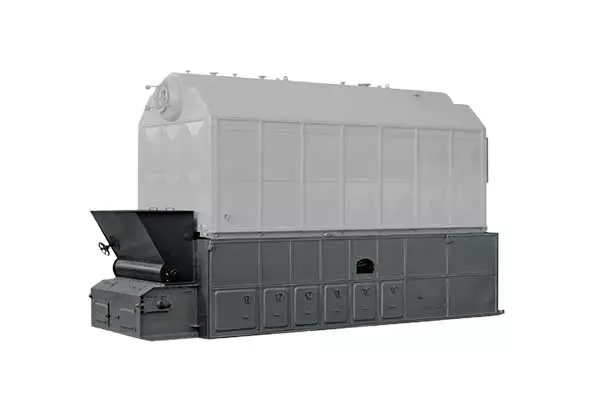
غلايات بخارية تعمل بالفحم موثوقة وفعالة
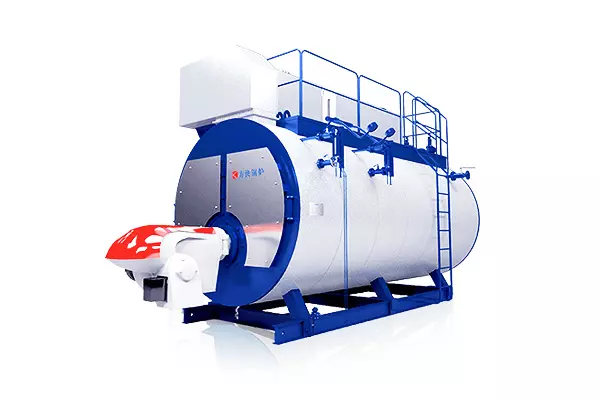
غلايات بخارية موثوقة تعمل بالزيت للتطبيقات الصناعية
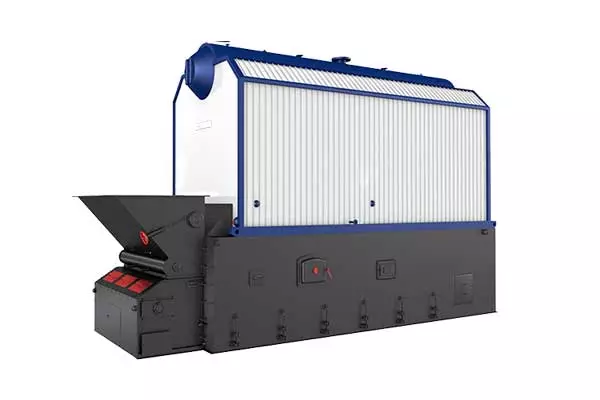
غلايات مياه ساخنة عالية الجودة تعمل بالفحم
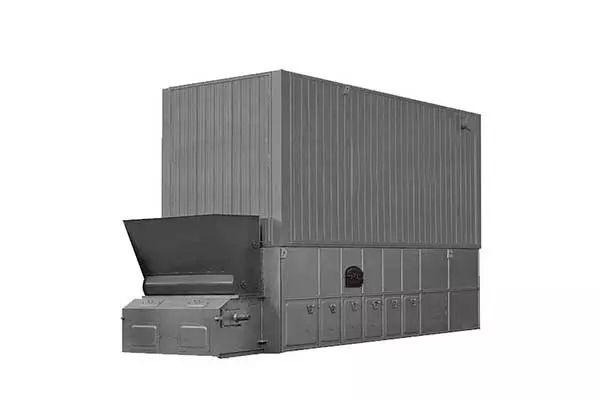
غلايات ماء ساخن موثوقة وفعالة تعمل بالكتلة الحيوية
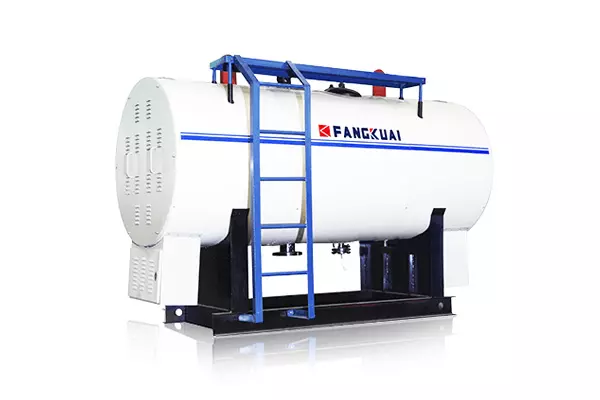
غلايات الماء الساخن الكهربائية الفعالة والموثوقة
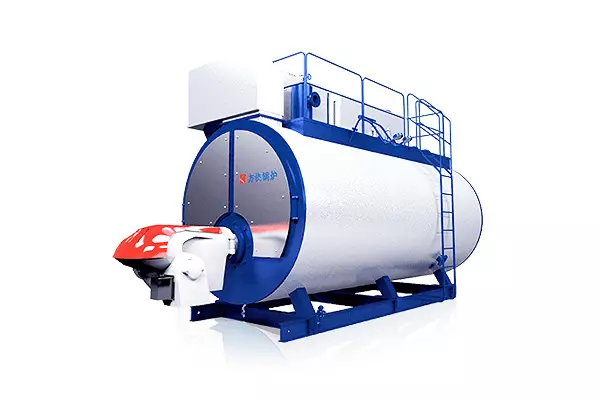
غلايات ماء ساخن فعالة وموثوقة تعمل بالغاز
شركة Zhengzhou Fangkuai Boiler Sales Co., المحدودة. هي شركة تابعة لشركة Fangkuai Boiler Company, mainly responsible for the domestic and foreign trade of Fangkuai Boiler.Fangkuai Headquarters Base has a single-building R&D center, معمل حالة عمل كامل وتصنيعين النباتات, بمساحة إنتاج 120.000 متر مربع. إنها المؤسسة الرائدة في الصين مع قدرات معالجة أتمتة الغلايات, ويتم تصدير منتجاتها إلى كثيرين البلدان والمناطق.


الخامسiew مراجعات عملائنا
"غلاية الماء الساخن من Fangkuai مذهلة. يسخن بسرعة وكفاءة, ويبقى الماء ساخنًا لفترة طويلة. لم نواجه أي مشاكل معه أبدًا وقد حقق تحسنًا كبيرًا في عملياتنا اليومية. كانت عملية التثبيت سلسة للغاية وكانت خدمة العملاء ممتازة. أوصي بشدة بغلايات الماء الساخن من Fangkuai."
ساره
كندا"لقد استخدمنا غلاية الزيت الحراري Fangkuai لمصنعنا الكيميائي لسنوات ولم يخذلنا أبدًا. الغلاية متينة للغاية ويمكنها تحمل الظروف القاسية. كما أنها سهلة التشغيل والصيانة, مما ساعدنا على توفير الوقت والمال على الصيانة. غلايات الزيت الحراري من Fangkuai هي من الدرجة الأولى وأنا أوصي بها بشدة لأي شخص يحتاج إلى حلول تدفئة موثوقة."
تشانغ
الصين"لقد اشتريت غلاية بخارية Fangkuai لمصنعي وهي تعمل بشكل لا تشوبه شائبة منذ شهور. جودة المواد وبناء المرجل مثير للإعجاب. كما أنها موفرة للطاقة بشكل كبير, مما ساعدنا على توفير المال على فواتير الطاقة لدينا. أوصي بشدة بمنتجات Fangkuai لأي شخص يحتاج إلى حلول تدفئة موثوقة وفعالة."
جون
الولايات المتحدة الأمريكية"غلاية الماء الساخن من Fangkuai مذهلة. يسخن بسرعة وكفاءة, ويبقى الماء ساخنًا لفترة طويلة. لم نواجه أي مشاكل معه أبدًا وقد حقق تحسنًا كبيرًا في عملياتنا اليومية. كانت عملية التثبيت سلسة للغاية وكانت خدمة العملاء ممتازة. أوصي بشدة بغلايات الماء الساخن من Fangkuai."
ساره
كندا"مولدات البخار من Fangkuai ممتازة. إنها سهلة الاستخدام للغاية وتتطلب الحد الأدنى من الصيانة. خدمة العملاء في Fangkuai هي أيضًا استثنائية. إنهم متجاوبون للغاية ومستعدون دائمًا للمساعدة. كفاءة الطاقة لمولدات البخار ملحوظة أيضًا, مما ساعدني على توفير المال على فواتير الطاقة الخاصة بي. أوصي بشدة بمولدات البخار من Fangkuai."
ماريا
إسبانيا"لقد استخدمنا غلاية الزيت الحراري Fangkuai لمصنعنا الكيميائي لسنوات ولم يخذلنا أبدًا. الغلاية متينة للغاية ويمكنها تحمل الظروف القاسية. كما أنها سهلة التشغيل والصيانة, مما ساعدنا على توفير الوقت والمال على الصيانة. غلايات الزيت الحراري من Fangkuai هي من الدرجة الأولى وأنا أوصي بها بشدة لأي شخص يحتاج إلى حلول تدفئة موثوقة."
تشانغ
الصين"مولد البخار من Fangkuai مثالي لأعمالي الصغيرة. إنه سهل الاستخدام للغاية ويتطلب الحد الأدنى من الصيانة. كما أنها موفرة للطاقة بشكل كبير, مما ساعدني على توفير المال على فواتير الطاقة الخاصة بي. خدمة العملاء في Fangkuai ممتازة أيضًا. إنهم متجاوبون للغاية ومستعدون دائمًا للمساعدة. أوصي بشدة بمولدات البخار من Fangkuai."
أحمد
مصر"جعلت المعدات المساعدة لـ Fangkuai نظام الغلايات الخاص بي أفضل. جودة المعدات استثنائية والأسعار معقولة جدًا. ساعدت المعدات في تحسين كفاءة وأداء نظام الغلايات الخاص بي, مما أدى إلى توفير كبير في التكاليف. أوصي بشدة بمعدات Fangkuai المساعدة لأي شخص يحتاج إلى ملحقات غلاية عالية الجودة."
ماريك
المملكة المتحدة"لقد استخدمنا غلاية الزيت الحراري Fangkuai لمصنعنا الكيميائي لسنوات ولم يخذلنا أبدًا. الغلاية متينة للغاية ويمكنها تحمل الظروف القاسية. كما أنها سهلة التشغيل والصيانة, مما ساعدنا على توفير الوقت والمال على الصيانة. غلايات الزيت الحراري من Fangkuai هي من الدرجة الأولى وأنا أوصي بها بشدة لأي شخص يحتاج إلى حلول تدفئة موثوقة."
تشانغ
الصين